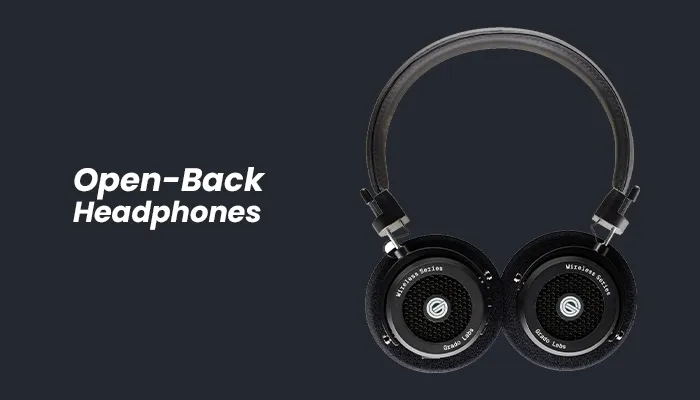Have you heard about open-back headphones? If not, you’re in for a treat. Open-back headphones provide an open, spacious sound that lets the music breathe. The open design means the ear cups have perforations or grills that allow air to pass through.
This creates a wider, more natural soundstage and a three-dimensional quality to the music. The sound envelops you rather than feeling stuck inside your head. While closed-back headphones block outside noise, open-backs let some sound in and out. The trade-off is worth it for the expansive sound.
Open-back headphones may be the best-kept secret in the headphone world, delivering an immersive listening experience for music, movies, and gaming. Read on to learn why open-back headphones should be your next audio purchase.
What Are Open-Back Headphones?
Open-back headphones have ear cups with perforated or mesh backs that allow air flow and sound to pass through. This open design provides a more natural sound with a wider, more spacious soundstage. The sound feels less confined in your head and more like it’s coming from all around you.
For critical listening, open-backs are ideal for detecting subtle details in recordings. The open design reduces resonance and provides a clearer midrange and treble. This makes them well-suited for mixing, mastering or analyzing music. The downside is that they leak a lot of sound, so they’re not great for private listening in noisy environments.
Popular types of open-back headphones include the Sennheiser HD 650, Beyerdynamic DT 990 Pro and AKG K702. While open-backs may lack the deep bass of closed-back models, their open soundstage and clarity is preferred by many audiophiles and audio professionals.
If you want a more natural and spacious sound for critical listening in a quiet place, open-back headphones are the way to go. Just be considerate of any noise leakage – your tunes may be public! For private listening on the go, you’ll probably want to stick with closed-back or noise-canceling headphones.
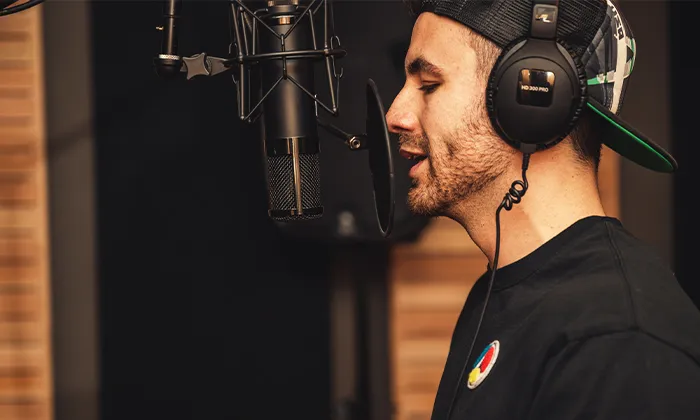
Benefits of Open-Back Headphones
Open-back headphones give you a more natural listening experience.
Better Sound Quality
Open-back headphones allow sound to escape, creating an open, airy soundstage. You’ll hear music the way it was meant to be heard, with a wider range of frequencies. The music will sound more natural, as if the band is playing right in front of you.
Reduced Ear Fatigue
Closed-back headphones can make your ears hot and tired after a while. Open-back headphones are more breathable, reducing ear fatigue so you can enjoy listening for longer.
Situational Awareness
With open-back headphones, you can still hear background noise which allows you to be aware of your surroundings. This can be useful if you want to listen to music at the office or while walking outside. You won’t be completely cut off from the world.
Open-back headphones may leak more sound and let more ambient noise in, but the benefits to sound quality, comfort, and situational awareness are worth it for many. Once you experience the open, natural sound of open-back headphones, you may never go back to closed-back again.

Drawbacks of Open-Back Headphones
While open-back headphones offer some advantages over closed-back models, there are a few downsides to consider:
Sound Leakage
The open design allows sound to escape, which means others around you can hear what you’re listening to. If you plan to use your open-back headphones in a quiet space with others nearby, the sound leakage could be distracting for them. These headphones are better suited for private listening spaces.
Less Noise Isolation
The open design also allows more ambient noise in. You’ll hear more of the sounds around you, like conversations, traffic, and background noise. If you want to block out environmental noise for a more immersive listening experience, closed-back headphones may be a better choice.
Bass Response
Open-back headphones typically have more limited bass response since low frequencies resonate less in an open chamber. While the open design creates a wider, more natural soundstage, the bass won’t have the same thunderous, punchy quality as some closed-back models. If heavy bass is important, you may prefer a closed-back alternative.
In summary, think about where and how you plan to use your headphones. For private, critical listening in a controlled environment, open-back headphones can be a great option. But if sound leakage, noise isolation or powerful bass are priorities, closed-back headphones may suit your needs better. The choice comes down to your specific needs and listening preferences.
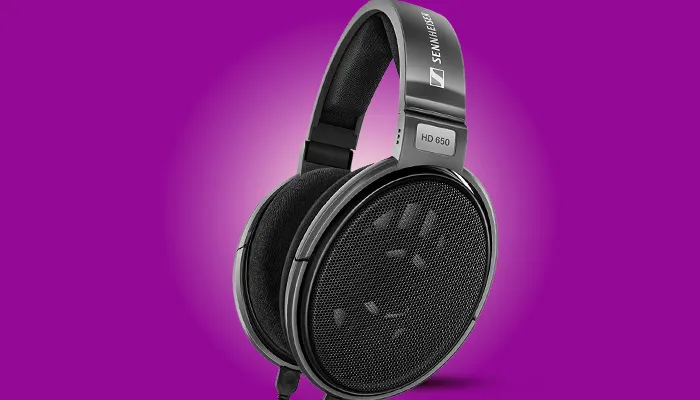
Top Open-Back Headphones on the Market
Open-back headphones are designed with an open casing that allows air to pass through. This open design provides a spacious, natural sound quality that many audiophiles prefer. The trade-off is that they leak sound, so they’re best for private listening. If supreme sound quality is what you’re after, here are some of the best open-back headphones available:
Sennheiser HD 650
The Sennheiser HD 650 headphones are highly praised for their accurate, balanced sound reproduction. They have a lightweight design with plush ear pads for long-lasting comfort. While not cheap, their stellar performance and durability make them a worthwhile investment for any music lover.
Related: Sennheiser HD 599 Review Read Now!
Beyerdynamic DT 990 PRO
The Beyerdynamic DT 990 PRO headphones are a popular, affordable pair of open-backs ideal for critical listening at home. They have a wide, detailed soundstage and crisp highs, though some find the bass lacking. For the price, they offer exceptional value and are a great starter pair of open-back headphones.
HiFiMan HE400SE
The HiFiMan HE400SE headphones are Planar Magnetic headphones that produce a spacious sound with impactful bass. They have a modern, stylish design and removable cables so you can use a cable with an in-line microphone for calls. At under $150, the HE400SE are a solid, budget-friendly choice.
AKG Pro Audio K702
The AKG K702 headphones have been a studio standard for years thanks to their natural, balanced sound. While designed for professional use, they also work well for casual listening and gaming. The K702s are very comfortable for long sessions and provide stunning detail and imaging at a reasonable price.
For a premium open-back experience, the Focal Clear headphones produce a rich, full-bodied sound with beautiful mids and highs. Though expensive, their build quality and performance are exceptional. The Clears offer a taste of high-end audiophile sound for less than $1500.

Are Open-Back Headphones Right for You?
Open-back headphones allow some sound to escape, which can make nearby people able to hear what you’re listening to. However, the open design provides some benefits.
Open-back headphones typically have a wider, more natural soundstage, so music sounds like it’s coming from all around you, not just directly into your ears. The open design also prevents that “stuffy” feeling you can get from closed-back models. If you’re mixing or mastering audio, open-back headphones provide a more accurate representation of the sound.
That said, open-back headphones may not be ideal if you’re in a noisy environment or if you want to keep your tunes private. The sound leakage can be distracting to others around you. Open-back headphones also typically don’t provide as much bass as closed-back models.
So should you go open-back or closed-back? It depends on where and how you plan to use your headphones. If isolation and bass are priorities, closed-back is probably your best choice. But if natural sound and comfort are most important, open-back headphones could be right for you. As with any gear, the only way to know for sure is to try out different options and see what sounds best to your ears.
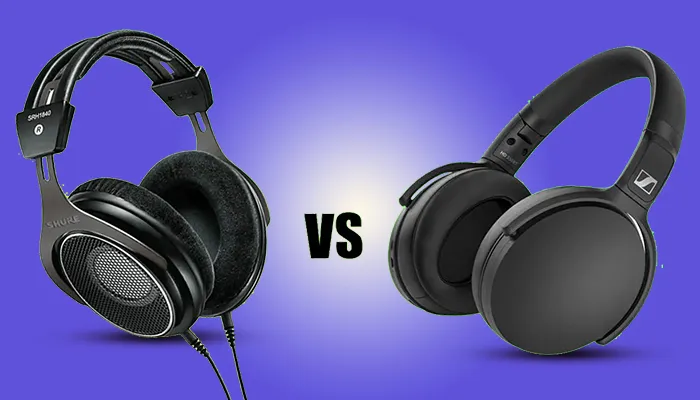
Open-Back Headphones Vs Closed Back Headphones
Open-back headphones have an open design that lets air in, while closed-back headphones have an enclosed ear cup design. The major differences between these two types come down to sound quality, noise isolation, and portability.
Sound Quality
Open-back headphones typically have a wider, more natural soundstage since the open design allows sound to freely move in and out. This can make music sound more spacious and true to life. Closed-back headphones, on the other hand, have an isolated design that can make the sound seem more direct, focused, and in your head.
Noise Isolation
Closed-back headphones block outside noise and prevent sound from leaking in or out. This makes them ideal for use in noisy environments or when you don’t want to disturb others. Open-back headphones provide almost no noise isolation, so outside noise can interfere with your listening and the sound will leak out.
Portability
Closed-back headphones tend to be more portable since they fold up and their enclosed design helps block out outside noise. Open-back headphones typically do not fold up and provide little noise isolation, so they may not be the most portable option, especially for travel or use on the go.
Choosing between open-back or closed-back headphones comes down to how and where you plan to use them. Both have their pros and cons, so find what features are most important to you for an optimal listening experience.
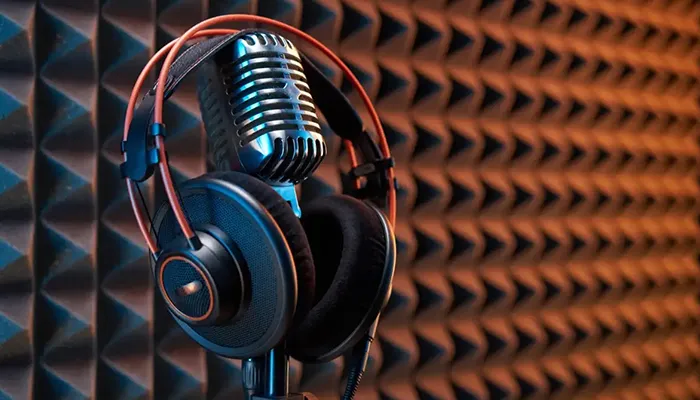
What are open-back headphones better for?
Open-back headphones are better for certain uses where sound quality and spaciousness are priorities.
Gaming and movies
The open design provides a wider, more natural soundstage that helps with positional audio, letting you pinpoint the location of sounds. This can give you a competitive edge in gaming, and a more immersive experience when watching movies or TV shows.
Audio mixing
For audio engineers and producers, open-backs allow you to more accurately hear how mixes will translate to speakers. The open design reduces the “cabin effect” and provides a truer representation of the stereo field.
Comfort
The open-back design prevents pressure buildup and ear fatigue. This can lead to longer, more comfortable listening sessions without your ears getting hot or sore.
• For some, open-backs feel lighter and less isolating. They don’t make you feel like you’re in a bubble.
• Open-backs are more breathable since air can flow through the ear cups. Your ears stay cooler and less sweaty during long listening periods.
While open-back headphones offer some advantages for audio quality and comfort, they do leak sound in and out. If you need isolation or are in a noisy environment, closed-back headphones are probably better suited. But for critical listening or longer sessions at home, open-back headphones can be a great option.
Do Open-Backs Sound Better?
Open-back headphones are designed differently than closed-back headphones. Their ear cups have an open design, rather than completely sealing off your ears. This means outside noise can still reach your ears, and the sound from the headphones leaks out. However, the open design provides some benefits.
Sound Quality
Open-back headphones are known for providing a more natural, open sound. The open design gives the sound more room to develop, allowing for a wider, more spacious soundstage. The sound also tends to be more transparent and detailed. If you want an authentic listening experience and care deeply about sound quality, open-back headphones are a great choice.
The downside is that because they leak sound, open-back headphones may not be ideal for listening in noisy environments or places where you don’t want to disturb others. They also provide very little noise isolation, so outside sounds can intrude on your listening. For private listening or use on the go, closed-back or in-ear models may be better options.
In the end, choosing between open-back or closed-back headphones comes down to your needs, listening environment, and personal preferences. Both designs have strengths and weaknesses, so evaluate what factors are most important to you before you buy. With the right pair of open-backs though, you’ll be able to enjoy an incredibly immersive listening experience.
Related: 11 Most Expensive Gaming Headphones
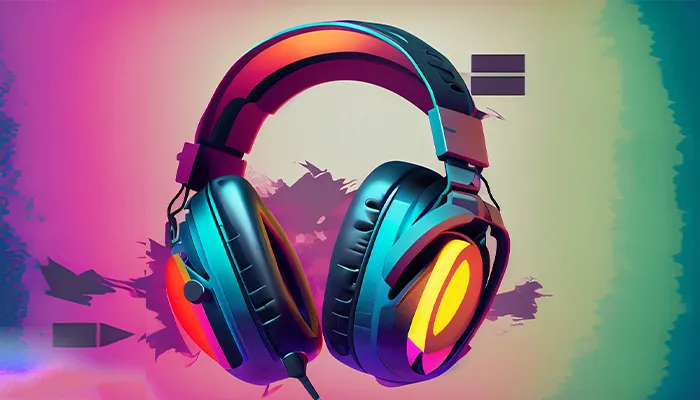
Are Open-back Headsets good for gaming?
Open-back headphones can work great for gaming, depending on your needs and preferences.
Soundstage
The open design provides a wider, more spacious soundstage, which can be ideal for 3D gaming where positional audio cues are important. The open back allows sound to pass through freely, giving you a better sense of direction and depth. Closed-back headphones can sound more confined in comparison.
Comfort
Open-back headphones are often lighter in weight and have ear cups that don’t fully enclose your ears. This can lead to improved long-term comfort during marathon gaming sessions. Your ears have more room to breathe and don’t get as warm. The open fit may also reduce pressure on your head from the headphone band.
Some downsides to consider are that open-back headphones provide little to no noise isolation. Ambient noise can distract from your gameplay and the sound from your headphones may disturb others around you. Open-back headphones can also leak more sound, allowing others to hear what you’re listening to.
For single-player or online team gaming in a quiet environment, open-back headphones should work great and provide an immersive experience. But for loud environments where sound leakage or isolation is a concern, you may prefer a closed-back gaming headset. It ultimately comes down to balancing performance, comfort, and your specific needs.
FAQs
Have some questions about open-back headphones? Here are some common ones:
Conclusion
So now you know what open-back headphones are all about. The open design provides a wider soundstage and more natural sound than closed-back models. If you’re an audiophile looking for a high-end listening experience or want headphones for mixing and mastering audio, open-back is definitely the way to go.
However, the open design also means less noise isolation and sound leakage. If you want headphones for commuting or travel, stick with closed-back. At the end of the day, it comes down to your needs and preferences.
Open-back headphones aren’t for everyone but for the right person and the right use case, they can transform the way you experience music.
- Charging Bluetooth Headphones During Use: Is It Possible? - January 9, 2024
- Why Over-Ear Headphones Best for Hearing Health? (7 Reasons) - December 12, 2023
- Fixing the Bose Earbuds Not Charging in Case Problem: Solutions That Work - November 24, 2023
